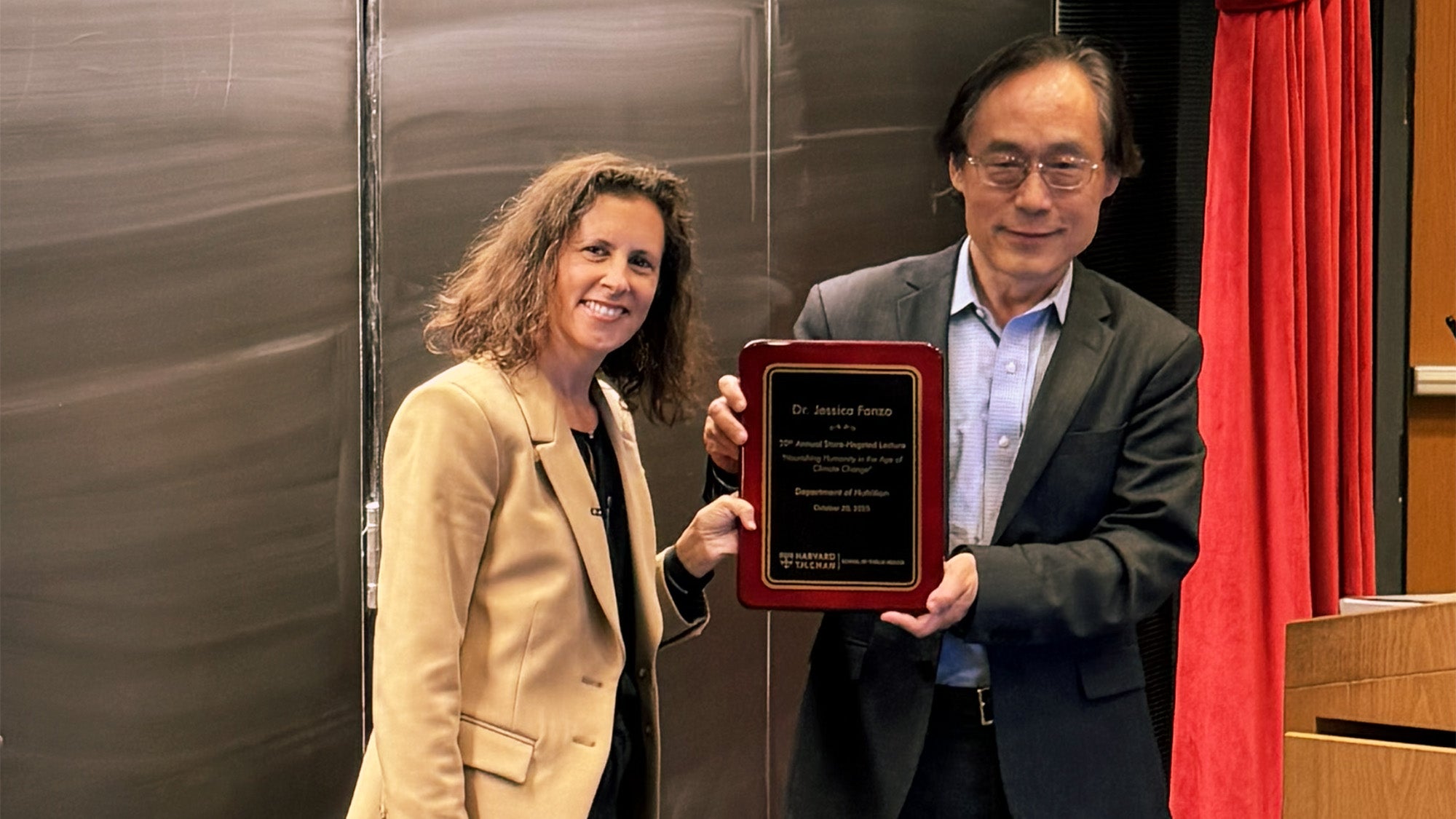COVID-19 pandemic highlights longstanding health inequities in U.S.
Preliminary data has shown that African Americans are dying from COVID-19 at higher rates than whites, even though they make up a smaller percentage of the population. Nancy Krieger says that the pandemic is highlighting health inequities that have existed for many years.
In a wide-ranging Q&A in the New Yorker, Krieger, professor of social epidemiology at Harvard T.H. Chan School of Public Health, said that the virus “is pulling a thread that is showing … the very different conditions in which we live because of social structures that are inequitable, both within the United States and between countries. By pulling the thread, it’s revealing patterns that have long been known in public health.”
Krieger listed a variety of factors that put people of color at greater risk from the virus. They are more likely to live in crowded conditions, to work in service jobs that put them in close proximity to others, to have to go to work because they can’t afford to miss it, to take public transportation, and to lack access to protective gear at work. They are also more likely to have pre-existing health conditions that increase the risk from COVID-19, and to lack access to health care and health insurance. And they may live in areas with high levels of air pollution, which, according to a recent Harvard Chan School study, is linked with increased risk of death from COVID-19.
Krieger recommended steps to ameliorate some of the COVID-19-related disparities, such as improving conditions among those who are incarcerated or detained or releasing them early, checking on the elderly who are isolated in their apartments, attending to the needs of people who are homeless, and educating people on how to keep safe, in multiple languages.
Read the New Yorker article: Q. & A.: The Interwoven Threads of Inequality and Health


